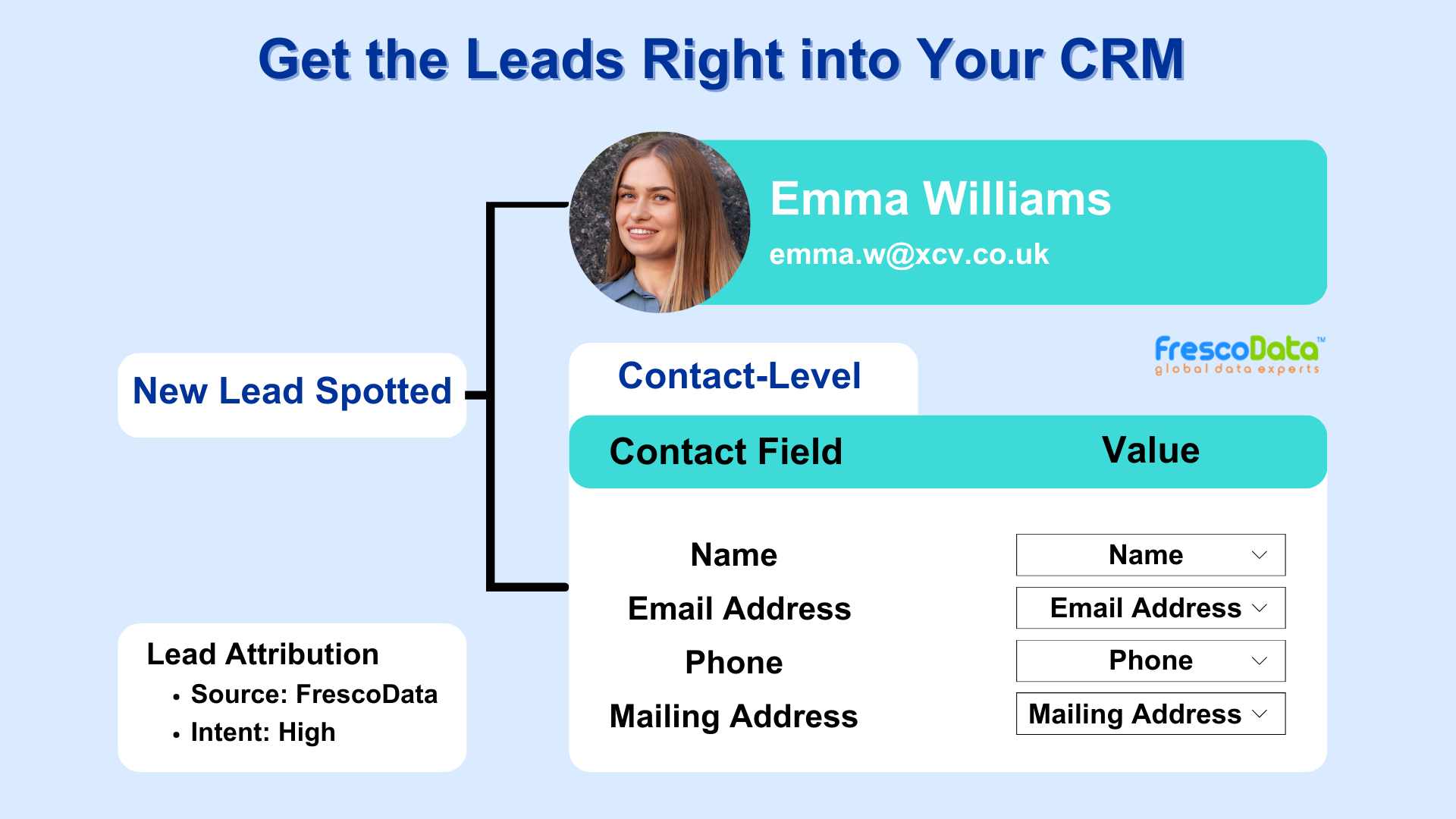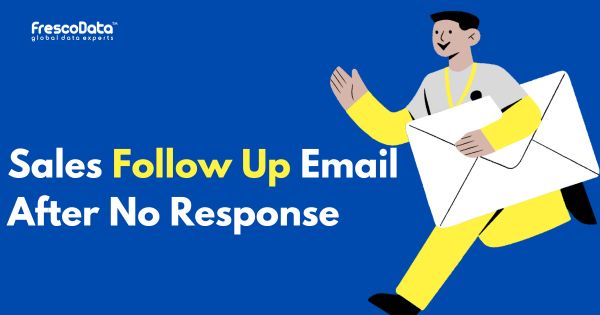-
What is Electronic Shelf Labeling?
-
Key Features of Electronic Shelf Labeling
-
Digital Displays
-
Wireless Connectivity
-
Real-Time Updates
-
Centralized Management
-
Automation and Integration
-
Energy Efficiency
-
Two-Way Communication
-
Anti-Theft Measures
-
Benefits of Electronic Shelf Labeling
-
Efficiency and Accuracy
-
Dynamic Pricing
-
Consistency Across Stores
-
Time-Saving
-
Promotion Management
-
Enhanced Customer Experience
-
Environmental Impact
-
Adaptability to Market Trends
What is Electronic Shelf Labeling?
Electronic Shelf Labeling (ESL) refers to a digital technology used in retail environments to display product pricing, information, and promotions on store shelves. ESL systems replace traditional paper labels with electronic, digital displays that can be remotely controlled and updated in real-time. This technology offers retailers greater flexibility, efficiency, and accuracy in managing pricing and product information across their stores.
Key Features of Electronic Shelf Labeling

Digital Displays
ESL systems use digital displays, often e-ink or LCD technology, to present product information, pricing, and promotions.
Wireless Connectivity
ESL devices are equipped with wireless connectivity, allowing them to be remotely controlled and updated through a central management system.
Real-Time Updates
Prices and product information can be updated in real-time, ensuring consistency and accuracy across all ESLs in a store.
Centralized Management
ESL systems are managed centrally, enabling retailers to make changes to pricing, promotions, or product details across multiple stores simultaneously.
Automation and Integration
ESLs can be integrated with the retailer’s point-of-sale (POS) and inventory management systems, automating the update process based on changes in pricing or stock levels.
Energy Efficiency
ESLs typically use low-power technologies, such as e-ink displays, which consume minimal energy and contribute to longer battery life.
Two-Way Communication
Some advanced ESL systems support two-way communication, allowing the ESL devices to send data back to the central system, providing insights into stock levels, customer interactions, or shelf conditions.
Anti-Theft Measures
ESLs may include anti-theft features, such as sensors or alarms, to discourage tampering or unauthorized removal.
Benefits of Electronic Shelf Labeling
Efficiency and Accuracy
Reduces the time and effort required to manually update and manage paper labels, minimizing the risk of errors in pricing and product information.
Dynamic Pricing
Enables retailers to implement dynamic pricing strategies, adjusting prices in response to market conditions, competitor pricing, or promotional campaigns.
Consistency Across Stores
Ensures uniformity in pricing and product information across all stores in a retail chain, enhancing the customer experience and avoiding discrepancies.
Time-Saving
Streamlines the pricing update process, allowing retailers to respond quickly to changes without the need for manual label replacement.
Promotion Management
Facilitates the management of promotions and discounts by instantly updating prices and promotional details on the ESLs.
Enhanced Customer Experience
Provides customers with accurate and up-to-date information, contributing to a positive shopping experience.
Environmental Impact
Reduces paper waste associated with traditional paper labels, contributing to sustainability efforts.
Adaptability to Market Trends
Allows retailers to adapt pricing strategies and product information dynamically in response to market trends, seasonal variations, or special events.
Stay Updated
Recent Blogs

3 Reasons to Buy Email List
Are you hesitant to buy email list for your business? Some would say buying an email list ...
November 18, 2024
Sales Follow-up Email After No Response!
70% of sales reps don’t follow up with prospects after no response. (Source) Are you...
September 2, 2024
5 CTV Advertising Tips to Get The Most Out of It
Connected TV has opened up many interesting opportunities for advertisers, allowing them t...
August 27, 2024